Munich: The Mother of All Oktoberfests
 By Susan McKee
By Susan McKee
The Road Trips Foodie
Gemütlichkeit is one of those German words with an entire constellation of meanings, and Munich embodies them all. This south German city is filled with fellowship, happy times, amicability and congeniality—especially during Oktoberfest — this year it’s September 19 to October 4, 2009.
This annual celebration of an event that took place almost two centuries ago always starts in September (for the better weather), but it commemorates the October 12, 1810, marriage of Bavarian Crown Prince Ludwig and Princess Therese von Sachsen-Hildburghausen. The six days of wedding festivities back then included many parties and even a horse race. Everybody had such a good time that the celebration became annual.
Moving the dates forward into September meant the nights were warmer—revelers could enjoy the outdoor beer gardens longer, and take comfortable evening strolls over die Wiesen (the fields). Die Wiesen is Munich’s nickname for the Oktoberfest because it takes place at Theresienwiese (Theresa’s field), named for the 1810 princess bride.
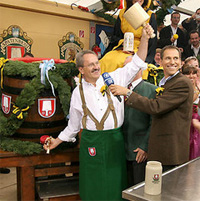 At exactly noon on opening day, Christian Ude, who has served as Lord Mayor of Munich since 1993, taps the first keg of Oktoberfest beer (see photo!). Once he has proclaimed “O’zapft is!”—confirming that the tapping was successful— those in the other tents can tap their kegs as well. Needless to say, being on hand for the opening is very popular. Don’t expect to get a seat in any of the “big” tents if you get to Theresienwiese after 9 a.m. that day.
At exactly noon on opening day, Christian Ude, who has served as Lord Mayor of Munich since 1993, taps the first keg of Oktoberfest beer (see photo!). Once he has proclaimed “O’zapft is!”—confirming that the tapping was successful— those in the other tents can tap their kegs as well. Needless to say, being on hand for the opening is very popular. Don’t expect to get a seat in any of the “big” tents if you get to Theresienwiese after 9 a.m. that day.
Even if you’re not at the grounds, you’re likely to notice Oktoberfest’s start. The landlords/tent owners and breweries parade to Theresienwiese along Sonnenstraße and Schwanthalerstraße in a grand entry beginning the morning of the first day. There’ll be more than a thousand participants, decorated carriages, horse-drawn drays from Munich breweries, colorfully costumed waitresses, decorated floats and all the beer tent bands.
Each of the 14 tents at Oktoberfest has its own personality. The Hippodrom, for example, attracts a young crowd to its sekt (sparkling wine) bar. Roast chicken, pork knuckle and sausages with sauerkraut are on the traditional menu at Armbrustschützenzelt. Fish are skewered and grilled in a 49-foot-long row at Fischer-Vroni.
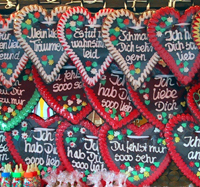
(Photo by Susan McKee)
Construction of the beer tents begins in July—these aren’t small canvas-covered areas. The Schottenhamel tent, an Oktoberfest institution since 1857, seats 10,000. To reserve a seat at any one of the tents during the festival, you need to contact the landlord directly. However, if you arrive no later than 2:30 p.m. on a weekday, alone or with a small group, you shouldn’t have any trouble. On the weekends, it’s best to go in the morning. Cost for a liter of beer is about eight euros—and you’ll need a seat to order it.
If you don’t speak Bavarian, Oktoberfest’s dialect, consider picking up a souvenir copy of the Wiesn Dictionary (with translations for English, German, Italian, Dutch, Swedish and Japanese). Then you can learn how to order a Maß, the special Oktoberfest beer, buy pretzels and flirt with the locals in the vernacular.
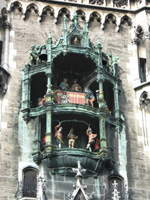 There are other things to see and do in Munich, of course. Head to Marienplatz at the center of the pedestrian zone just before the top of the hour to watch a performance of the Glockenspiel in the tower of the Neues Rathaus (New Town Hall). Despite its name, the municipal building was constructed between 1867 and 1909 in what’s known as Flanders Gothic style. The 260-foot tower includes a carillon with two elaborate sets of figures enacting scenes from the city’s history. In the upper part, you’ll see a joust like that at the 16th-century marriage of Duke Wilhelm V and Renata of Lothringen. The lower part of the carillon shows the Schäfflertanz, a dance first performed during the plague years of 1515–1517.
There are other things to see and do in Munich, of course. Head to Marienplatz at the center of the pedestrian zone just before the top of the hour to watch a performance of the Glockenspiel in the tower of the Neues Rathaus (New Town Hall). Despite its name, the municipal building was constructed between 1867 and 1909 in what’s known as Flanders Gothic style. The 260-foot tower includes a carillon with two elaborate sets of figures enacting scenes from the city’s history. In the upper part, you’ll see a joust like that at the 16th-century marriage of Duke Wilhelm V and Renata of Lothringen. The lower part of the carillon shows the Schäfflertanz, a dance first performed during the plague years of 1515–1517.
Just off Marienplatz, take a look inside the Cathedral Church of our Lady (Frauenkirche), with its distinctive twin domed spires. Its late Gothic nave dates from the 15th century, and the art works inside span five centuries. Road Trip Foodies should be certain to visit the city’s Viktualienmarkt (victuals market) also is just off Marienplatz. In this open-air market, you can find not only fruits and vegetables, herbs and cheeses and more from all over Europe, but traditional Bavarian specialties like Schweinshax’n (broiled pork hock) and Speck (bacon). It’s a popular lunch spot (insider tip!).
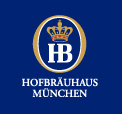 The nearby Munich Hofbräuhaus (beer hall) dates back to that same Wilhelm V depicted on the carillon. According to legend, this duke of Bavaria had a thirsty and demanding royal household, which was dissatisfied with the beer brewed in Munich. Tired of importing beer, he ordered his royal court to come up with a solution. Not surprisingly, they suggested building their own brewery—which they did in 1592. Wilhelm’s son and successor, Duke Maximilian I, claimed the exclusive privilege of making beer from wheat. By 1610, he allowed the town’s tavern keepers to purchase beer from the ducal Hofbräuhaus and to serve it not only to the court servants, but also to the “common folk.” King Ludwig I—he of the 1810 wedding that became the Oktoberfest— issued a decree in 1828 that opened up the then-royal Hofbräuhaus to the public. The rest, as they say, is history. All those beer steins displayed behind lock and key on the wall of the Hofbräuhaus belong to regulars—the only people allowed to sit at the tables labeled Stammtisch.
The nearby Munich Hofbräuhaus (beer hall) dates back to that same Wilhelm V depicted on the carillon. According to legend, this duke of Bavaria had a thirsty and demanding royal household, which was dissatisfied with the beer brewed in Munich. Tired of importing beer, he ordered his royal court to come up with a solution. Not surprisingly, they suggested building their own brewery—which they did in 1592. Wilhelm’s son and successor, Duke Maximilian I, claimed the exclusive privilege of making beer from wheat. By 1610, he allowed the town’s tavern keepers to purchase beer from the ducal Hofbräuhaus and to serve it not only to the court servants, but also to the “common folk.” King Ludwig I—he of the 1810 wedding that became the Oktoberfest— issued a decree in 1828 that opened up the then-royal Hofbräuhaus to the public. The rest, as they say, is history. All those beer steins displayed behind lock and key on the wall of the Hofbräuhaus belong to regulars—the only people allowed to sit at the tables labeled Stammtisch.
If you’d like to learn how Munich became the “Capital of Beer,” stop in at the Beer and Oktoberfest Museum. You’ll learn all about the history of the brew, the monasteries where it was perfected, the purity law and the unique characteristics of Bavarian beer. The whole history of the Oktoberfest is there, too.
The Kunstareal (art district) is located in the heart of Munich. It includes the three pinakotheken (picture) galleries plus museums with Greek and Roman art. The Alte Pinakothek (Old Picture Gallery) includes more than 800 masterpieces by European artists who painted from the Middle Ages to the end of the Rococo period. Examples of European art and sculpture from the late 18th to the beginning of the 20th century are found in the Neue Pinakothek (New Picture Gallery), including a collection of French impressionists such as Monet, Manet, Degas, Pissaro and Renoir. The recently-completed Pinakothek der Modern (Modern Picture Gallery) has a large collection of industrial design, plus the Bavarian State Collection of Modern and Contemporary Arts, the National Collection of Works on Paper, the Museum for Design and Applied Arts and the Munich Technical University’s Museum of Architecture.
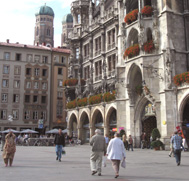 Mention the English Garden to someone who’s visited Munich, and they’re likely to tell you about the nude sunbathers. (Yes, if the weather’s good, you’ll see ’em.) But the 900-acre park stretching from the center of the city near Odeonsplatz to its northern border is a great place for a walk along wandering paths amid lush landscaping and ponds filled with swans. If you get thirsty on your walk, there’s a choice of four beer gardens—Chinesischer Turm, Seehaus, Hirschau and Aumeister.
Mention the English Garden to someone who’s visited Munich, and they’re likely to tell you about the nude sunbathers. (Yes, if the weather’s good, you’ll see ’em.) But the 900-acre park stretching from the center of the city near Odeonsplatz to its northern border is a great place for a walk along wandering paths amid lush landscaping and ponds filled with swans. If you get thirsty on your walk, there’s a choice of four beer gardens—Chinesischer Turm, Seehaus, Hirschau and Aumeister.


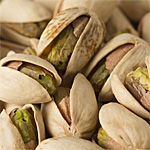
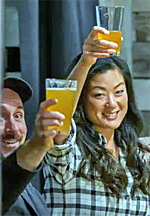
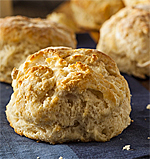
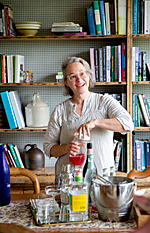
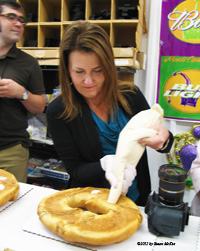
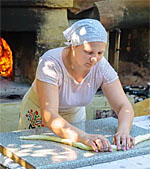
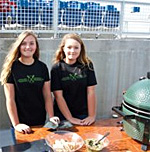
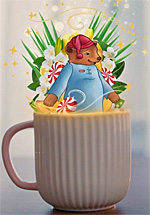

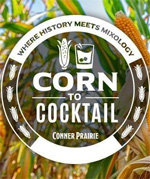
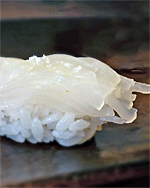
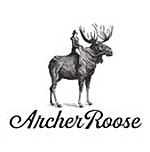
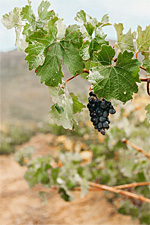



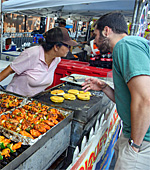
[…] You find the original post here http://www.roadtripsforfood … | Susan […]